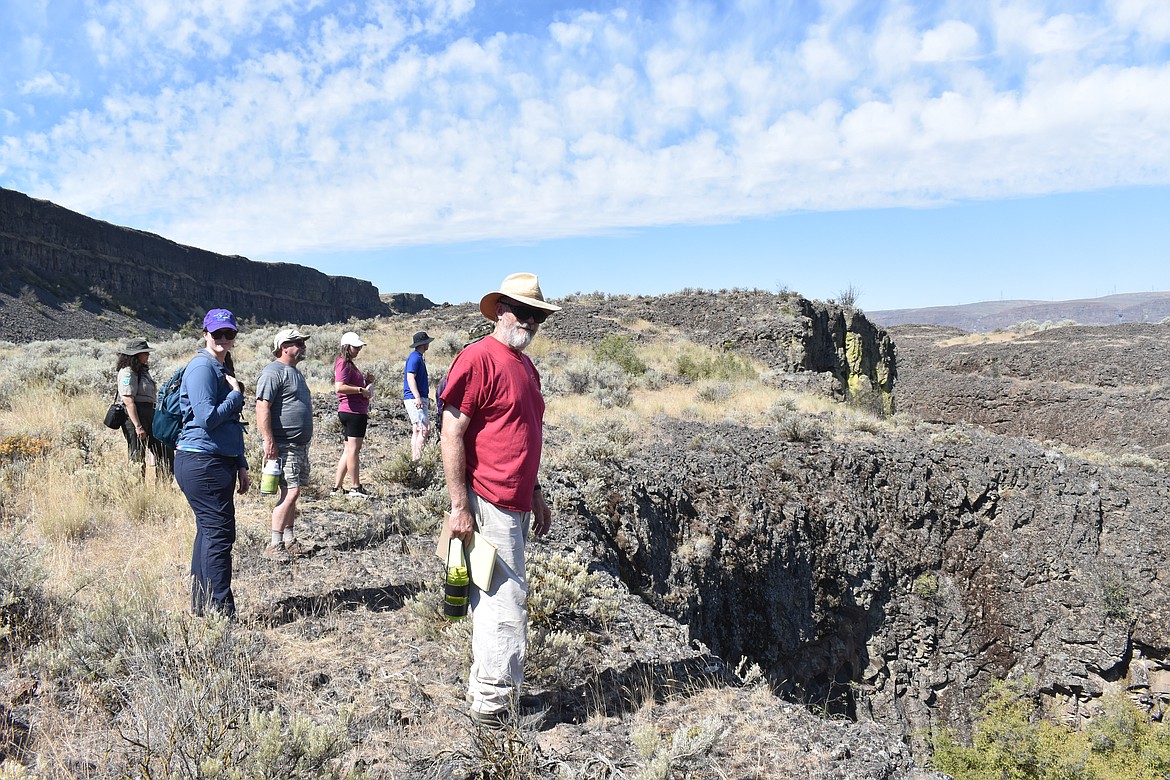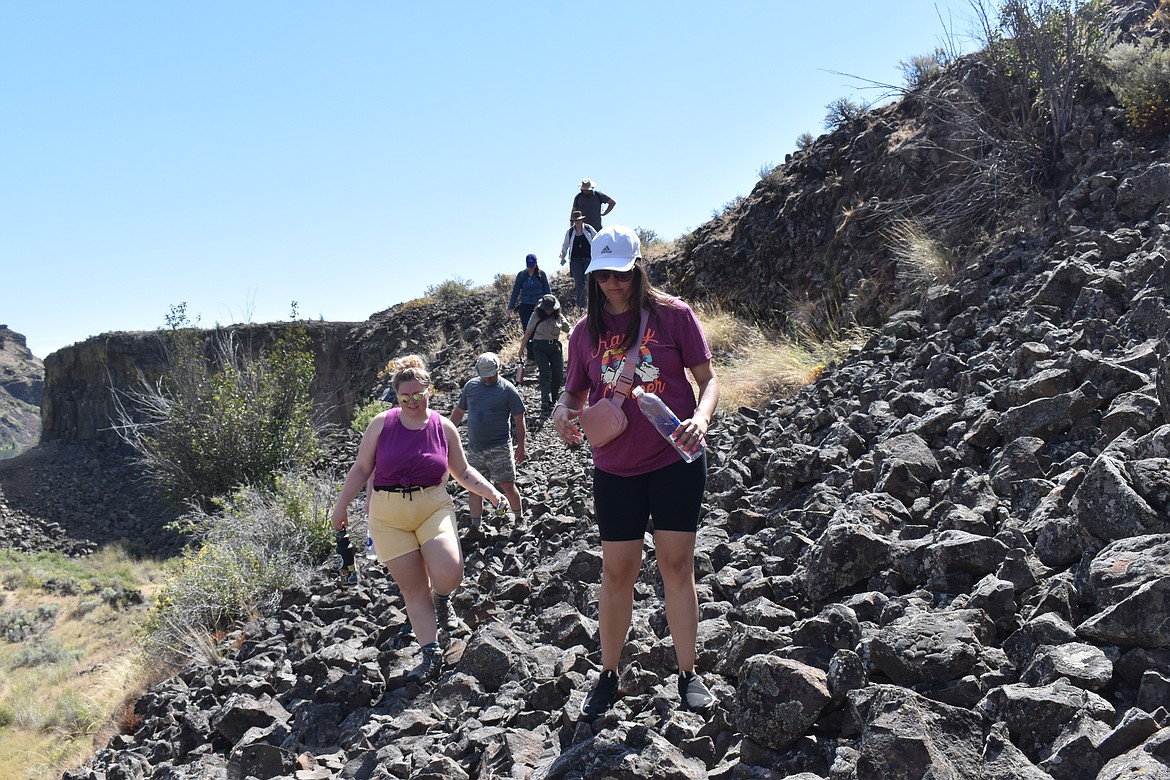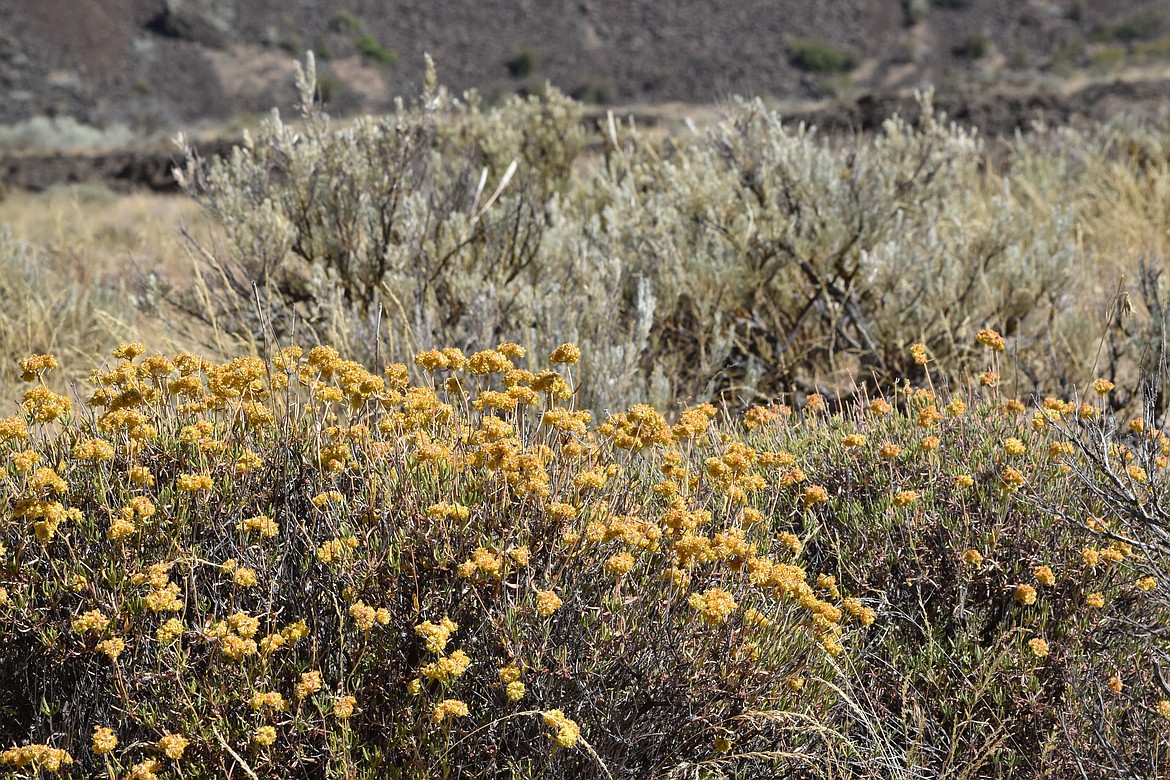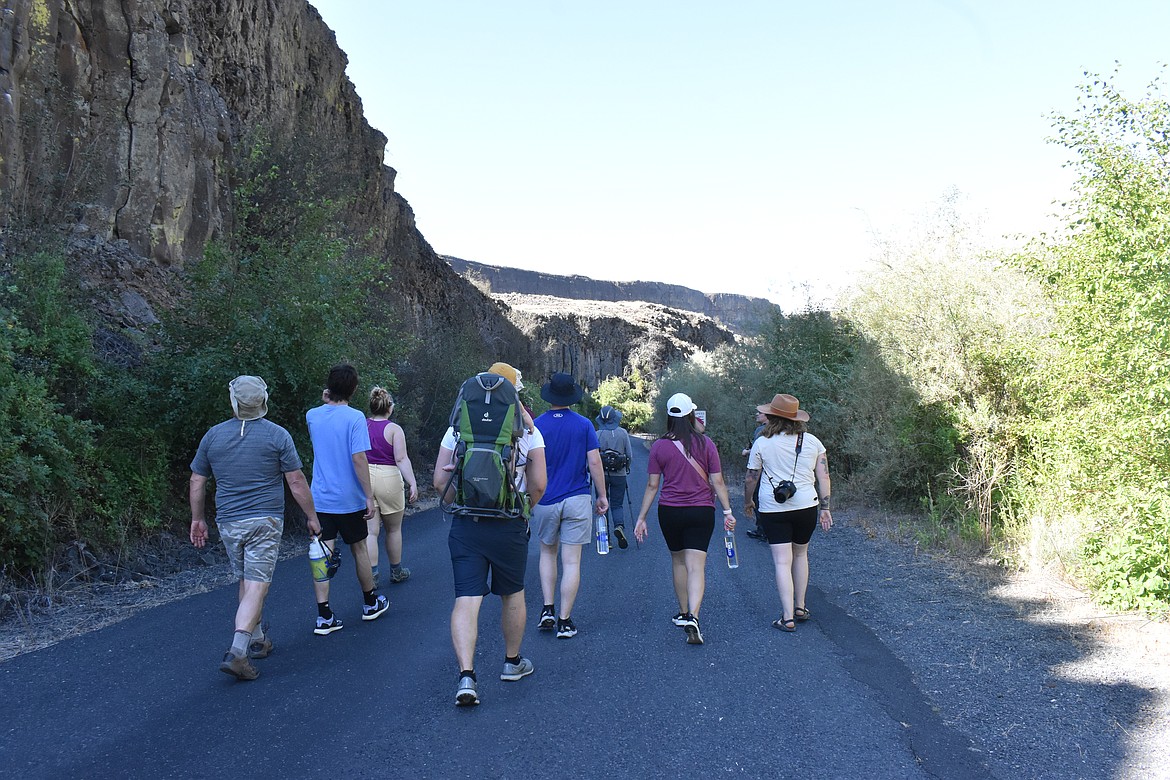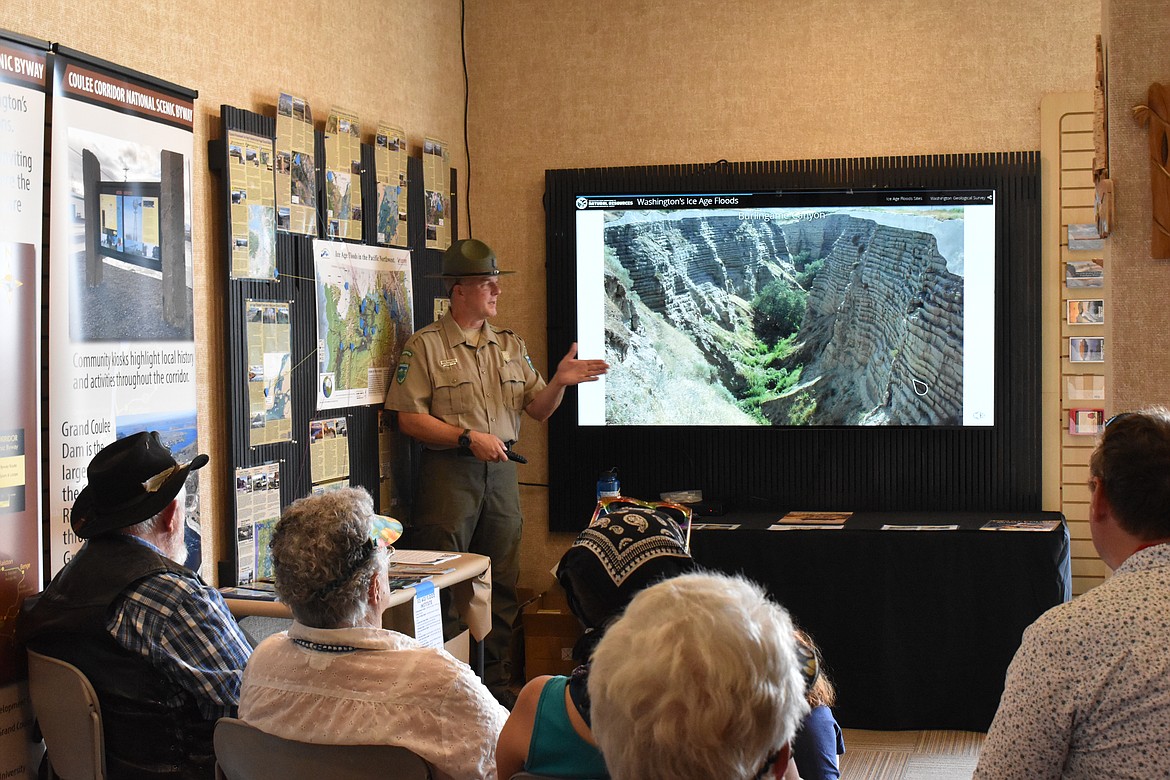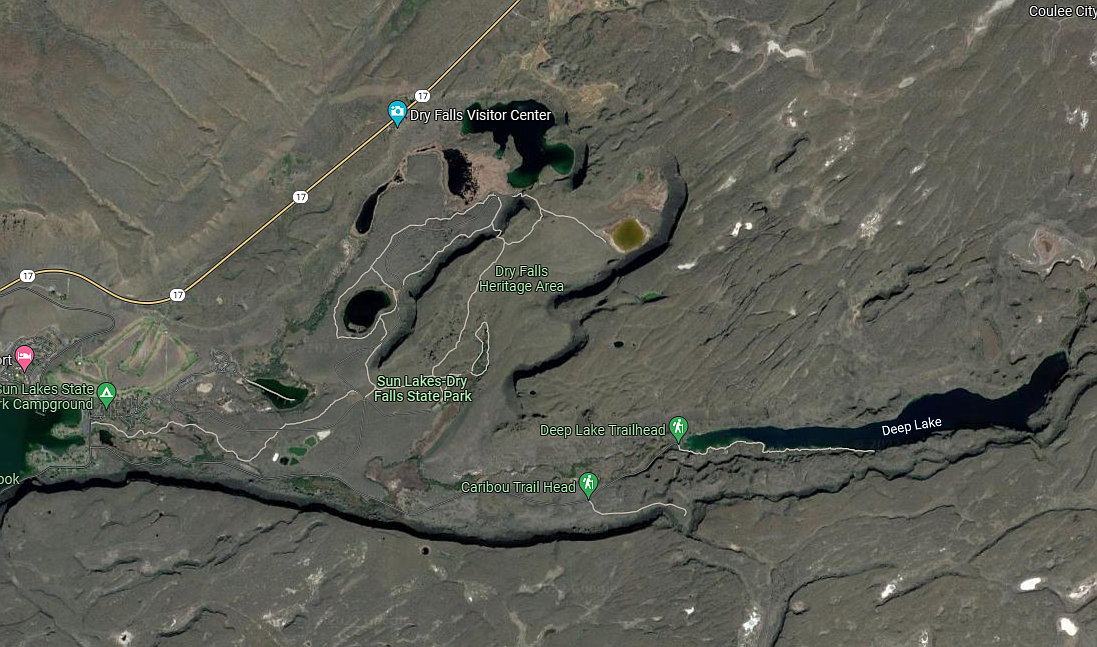Floodfest celebrates education of the Dry Falls and Sun Lakes
DRY FALLS/SUN LAKES — The annual Ice Age Floodfest was held at the Dry Falls Visitor Center on Saturday and featured the efforts of many to educate the public about the area and its history.
Become a Subscriber!
You have read all of your free articles this month. Select a plan below to start your subscription today.
Already a subscriber? Login


